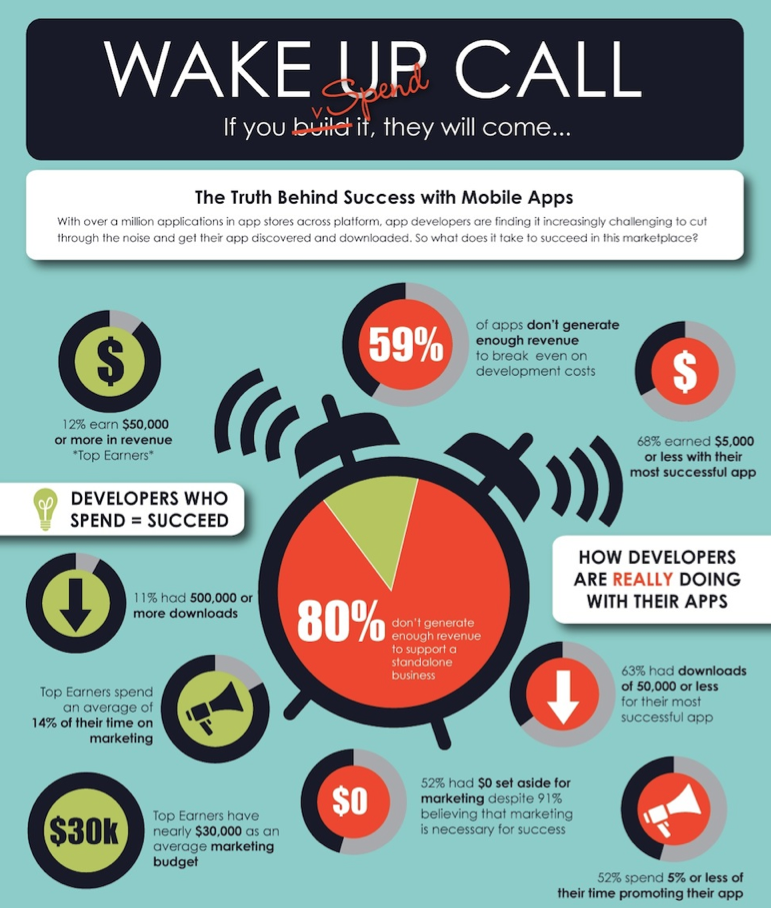Wired‘s recent story about Narrative Science seems to have put some journalists into a bit of a tizz. The article is a must-read for journalists and coders — really interesting tidbits about what’s going on in this field now, and what might come to pass in the future.
I’m actually very excited about the possibilities of Narrative Science, an artificial intelligence product that transforms data (currently primarily from the sports and finance world) into stories. This is the exact kind of thing we’re after when we encourage J-Schools to put software engineering into journalism curricula so we can teach young journalists valuable new skills so they, in turn, can not end up helpless on the sidelines, as many of us current journos have been during the technology advances of the last decade.
The method does not determine the value
Narrative Science is not a threat, it’s a tool, and it fills a need. Instead of some capable writer poring over boring financial statements and trying to add sizzle in reporting on them, a machine reads the data and spits out two grafs. Two serviceable but really snoozy grafs, which probably would have happened if written by a human, too.
Here’s what’s intriguing, though: Narrative Science is working on ways to be not-snoozy, and in so doing they’re calling journalists on our BS, in a way. What I mean is this: Journalists have formulas. We do, and they’re taught in schools and learned on the job. “Reverse pyramid.” “Nut graf.” “Lede.” “Attribution.” These are plug-and-play tactics most of the time. Sure, these elements vary from story to story, and that is the fun part of what we do. We add details and context. We observe and report. But at core, we tell different stories using some slightly different combinations of these tactics and tools.
Arguably, feature stories have slightly more variety, but I’d also point out that (sadly) many features are also just puzzle pieces, if not downright parodies of themselves. For example, every feature on every female celebrity ever starts this way:
“[Lady celeb] walks into [L.A.’s or New York’s] [restaurant or cafe in trendy neighborhood]
looking gorgeous in [brand] jeans and no makeup.”
Whether the editors or writers are making the words hacky, hacky they are — and boring, just like the pieces Narrative Science is creating with its algorithmic journalism. Fascinatingly, according to Wired, the company actually has “meta-writers” whose job it is to help the computers add context:
“[Meta-writers are] trained journalists who have built a set of templates. They work with the engineers to coach the computers to identify various ‘angles’ from the data. Who won the game? Was it a come-from-behind victory or a blowout? Did one player have a fantastic day at the plate? The algorithm considers context and information from other databases as well: Did a losing streak end?”
But to answer the question posed in the headline of the piece, “Can an Algorithm Write a Better News Story Than a Human Reporter?” for now the answer is no. And journalists vs. algorithms is a faulty comparison.
Writers and editors add value using tools
Narrative Science, thanks to algorithms created by human engineers and journalists, is now at the level of being able to programmatically spit out phrases like “whacking home runs.” But it can’t gauge a crowd’s restlessness or excitement. It can’t interview a superfan after the game, sense that he’s fed up with the team and write a mood piece. It can’t connect on a human level to a victim of a crime, or spend days following a subject then put together disparate threads of the subject’s life into a coherent portrait.
Which is why it’s not a real threat just yet. The way I see it:
Narrative Science : journalists : : spell-check : copy editors
It’s a tool that does a programmatic task, but not a contextual one, as well as a human. Does spell-check tell you you have the wrong “hear/here”? No. Does it correct you when you’ve spelled “embarrassing” incorrectly because it is drawing from an enormous database of correctly spelled words? Sure, easy enough. Can it check a fact’s accuracy against a thousand links on the Internet? Probably. But can it call a source and make sure she wasn’t misquoted, then correct the quote before publication? Not likely.
Context is everything, and it’s ours to use. But we journalists have to use it. Yes, we have formulas. We write ledes, and we edit the story so the most important information is up front. But we have to step up our game. We have to go to the match, or the crime scene, or the meeting, or the fashion show, or the foreign city, or the war, and add context for readers. We shouldn’t hack our way through the really interesting stuff — we shouldn’t be allowed to. Let’s let bottom-scrapers scrape the bottom for us. Let’s not waste human effort on shitty content farms that pay $2 (!) an article. Let’s leave that for robots and invest elsewhere: in hiring more and better writers and editors to make connections, describe the atmosphere, make sense of things, tease out themes and (cue dramatic music) better humanity. Let’s invest in creating data and algorithms that we can program to help us help ourselves.
Read More


